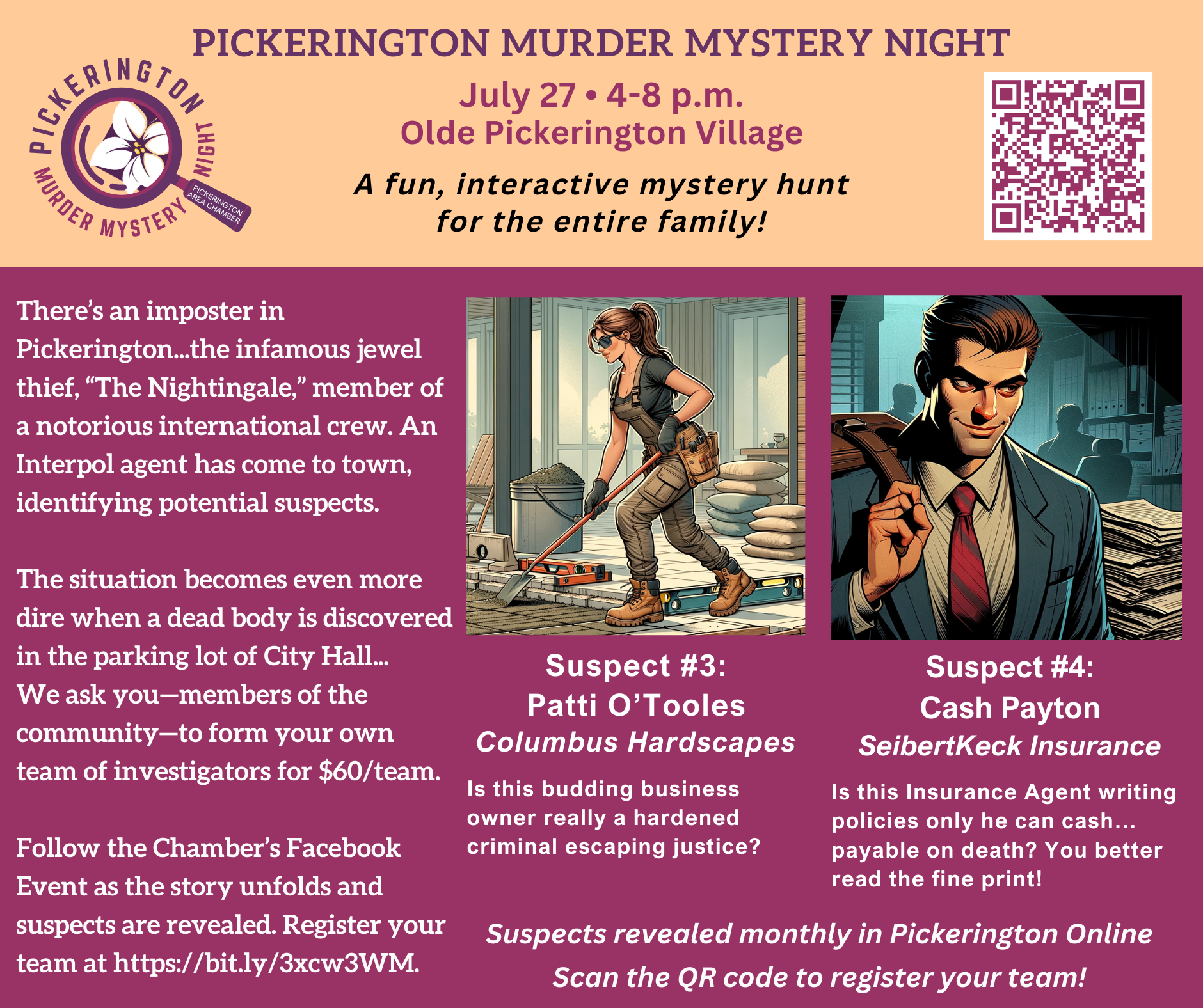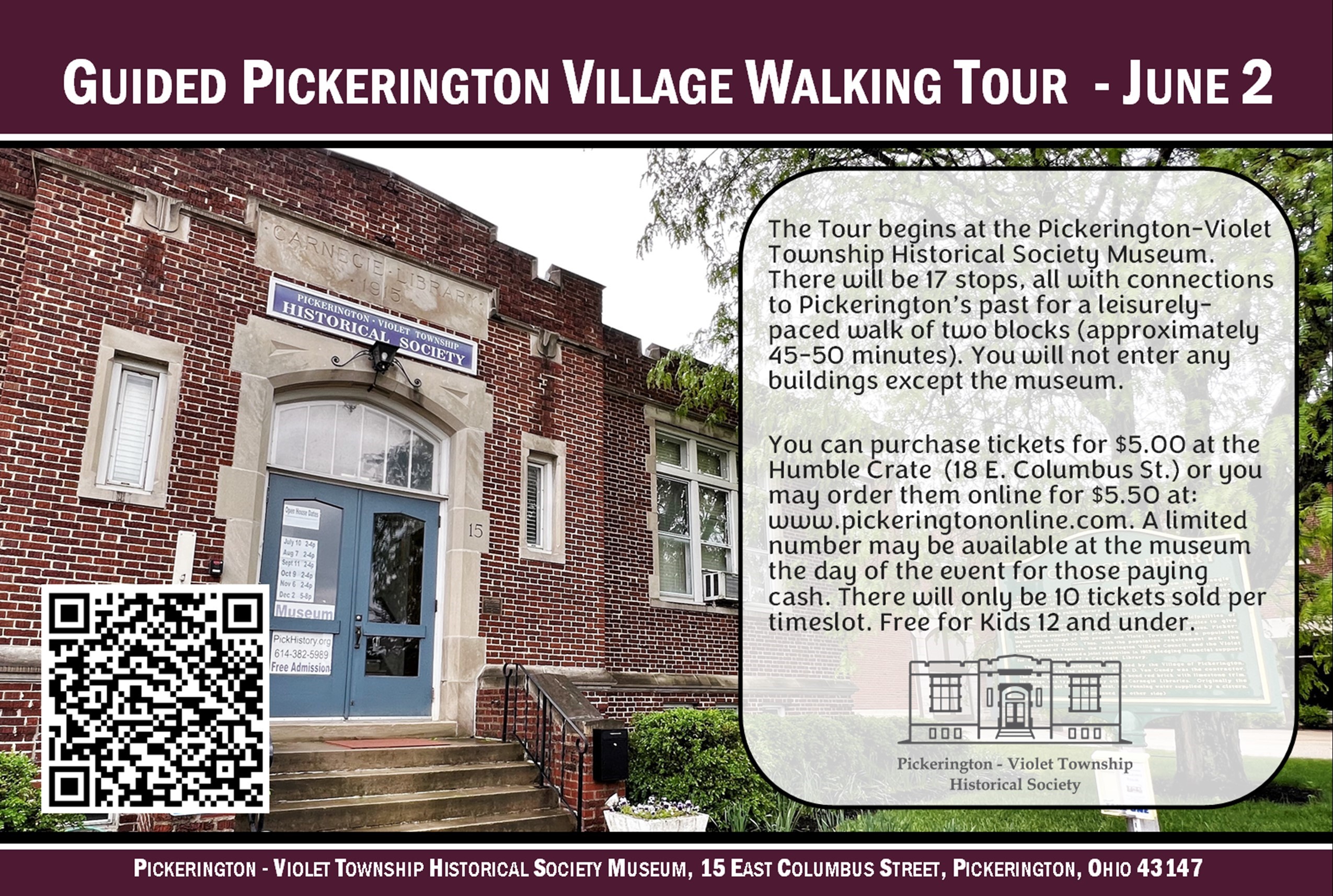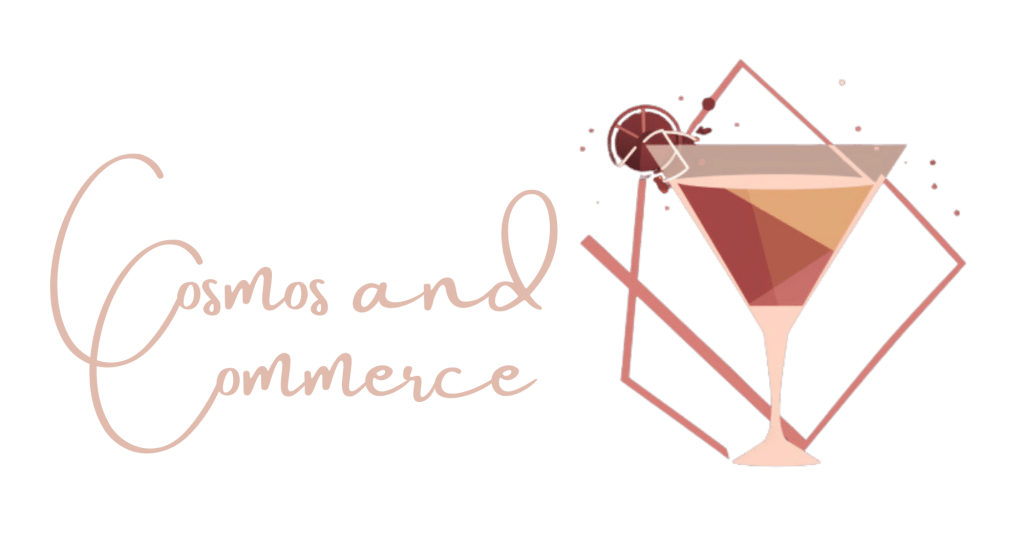
January 30, 2024
By Michelle Hill, POL Contributor
With 91.67% of Pickerington residents calling for more preserved green space and natural areas, we find ourselves looking to our elected officials to address these needs. Improvements are possible, especially when best practices are taken in mind. Consider what you might do with your own space. Consider getting involved in area groups looking to shift our priorities to reflect what our residents want and need.
“Noise pollution, light pollution, lawns, and other negative by-products of superficial human progress are disrupting the connections among flora and fauna as well as our own ability to connect with the nature in our communities. But your space can be different, once you stop trying so hard to defend its borders and start looking at the world from the perspectives of other beings who live there.” Nancy Lawson- Wildscape
Our actions as a community can improve our shared water, air, and the level of pollinator support we provide. Likewise, individual actions can positively impact your space.
For some, the eight recommended steps in their entirety may seem daunting- in this case know that each individual step is of great value. Taking a bite out of the recommendations as you are able will have you well on your way to stewarding a more healthful, supportive, and ultimately a more beautiful space.
Beauty is inherent in the life the space supports.

Let’s introduce the next action of small amendments that will support life. In action 6 of Doug Tallamy’s Nature’s Best Hope we are advised to build a “Conservation Hardscape”. These are changes we can make to our space that take in mind safety considerations for those who call this space home. Tallamy describes this as installing bird baths with bubblers, window well covers, and elevating mower height to a three-inch minimum.
Window well covers and bubblers for bird baths may not be in your budget this year, but elevating your mowing height may be doable. Any effort we make is moving us in the right direction. It is that effort that is to be commended. That effort will result in more butterflies, bees, birds, blooms, and a feeling of accomplishment that your family will treasure.
Beyond the recommended steps there is more we can do to improve our conservation hardscape. Let’s meet an author and activist who knows why and has ideas on how we might build on this action.
Nancy Lawson, author of the books The Humane Gardener and Wildscape, the blog the Humane Gardener and a wonderfully informative and supportive Facebook presence, is here to guide us.
“I understand what Doug and his team are saying about mowing at three inches. It can help leave a few flowers for bees and maybe save some insects in that ground layer,” said Nancy “but mowing is still so destructive even at that height — it kills countless frogs, rabbits, turtles and other animals – that I really like to emphasize reducing mowing as much as possible and eventually getting to the point of not at all, or just in little areas or pathways, etc., if you have to.”
How can I spare more wildlife?
“In my first book I had tips about walking around first to at least see who’s in the space and give them a chance to get out of the way. I devoted a chapter of my first book, The Humane Gardener, to mitigating unintentional hazards in the landscape. It includes window wells, but also covers a number of other things, such as the dangers of garden netting and certain types of fencing”
Nancy, what can a person do to take this action a step further to improve the safety of their space to benefit those who would call this area their home? Specifically, let’s talk about the use of fencing and netting products.
“Because of its flexibility, garden netting entangles and often strangles countless birds, snakes and other animals across the country each year. If you need to protect plants from browsing and nibbling, welded wire fencing with a large grid or hardware cloth with a small grid is less likely to trap wild neighbors,” Nancy went on “Planting strategically—for example, by surrounding tasty plants with those that are less palatable to mammals—can also help reduce the need for netting and fencing.”
How can someone safely support our feathered friends?
“Water features can be hazardous to wildlife because, like window wells, they are often installed with steep, right-angle sides that animals can’t climb. Prefabricated pond shells are usually made this way, and some bird baths and other water containers are also too steep. You can mitigate and prevent this hazard by creating ramps from logs and bark, piling rocks inside the walls,” suggests Nancy, “and—when excavating a pond yourself—ensuring that you create gradual slopes around the edges.
For swimming pools, you can install Frog Logs, lightweight floats with ramps that you can prop against the wall, providing frogs and other creatures a safe getaway. In birdbaths, sometimes bees, wasps and other insects come for water and can’t climb out; keeping the water level shallow enough and placing piles of stones in the bath can help them get enough footing to fly away.”
Tree trimming and removal also present dangers to our wild friends; when done at the wrong time of year, these practices displace nesting birds and squirrels. Pruning mindfully and selectively while checking for nests, as well as waiting until plants have gone dormant and breeding season is over, can help prevent these harms.”
Beyond the use of reflective window clings and similar products what advice do you have for reducing window strikes?
“A couple of the best products are Feather-Friendly Dots and Acopian BirdSavers. These are unobtrusive to humans visually, but their tight pattern helps break up reflection and transparency. Putting screens on the outsides of windows helps, as does moving houseplants away from windows. Keep outdoor lights off when you don’t need them, and close blinds and curtains to prevent leaking light pollution, which can disorient migrating birds and other animals. If you have a bird feeder, many people recommend putting it far from windows or else within three feet of a window so that birds leaving the feeder can’t gain enough momentum to hit the window hard enough to harm themselves.”

Nancy said it best, “of course, you don’t need a feeder at all if you grow native plants that will offer seeds, berries, and insects to birds. Native plantings such as the Spicebush (Lindera benzoin), Chokeberry (Aronia spp), and Ninebark (Physocarpus opulifolius) will offer vastly superior nourishment to insects, birds, and other wildlife.
In the coming weeks through Greener Violet’s Facebook and Instagram we will be profiling native shrubs, many of which OSU recommends for their host value. Shrubs like our native Mapleleaf Viburnum (Viburnum acerifolium) which, if planted in your landscape, have the potential to support 101 different types of caterpillars!
Interested in learning more about identifying and removing invasive vegetation?
Greener Violet Environmental Collective is hosting two upcoming educational opportunities at Zeller Park. These classes will highlight how we may first identify then safely and effectively remove the invasive vegetation that has become so pervasive in our landscapes. This year, through education, we hope to help some residents feel confident enough in their identification skills to serve as “identifiers” at our Earth day event, tagging vegetation for removal by other volunteers. Follow this link to sign-up for one of the classes. Visit the Greener Violet Facebook group page to join the group.
Pickerington Online, Combustion Brewery & Tap Room, Coyote Run, The Bill and Joyce Hague Foundation, and Greener Violet are hosting Pickerington’s Earth Day 2024 on April 20. The clean-up will last from 9:00 am – 3:00 pm. Afterwards there will be activities, live entertainment and a new beer release at Combustion.
We need volunteers to pick up trash, identify and remove invasive vegetation, and to plant natives. Follow this link to sign-up to pick up litter (all ages). Follow this link to sign-up to remove invasives and plant natives (14+). There is ongoing fundraising to obtain funds to purchase native trees and shrubs to be planted on Earth Day 2024. We would appreciate your support.
February 3 from 10 am to 3 pm, Anna Gasser will be leading an invasive removal event at the Hague Nature Preserve. If you wish to be involved, please email editor@pickeringtononline.com.
For more information from Nancy Lawson visit her website to see articles she has written on the topic and so much more.
To read previous editions of “Growing Hope”, please click on the links below.
- Reducing Light Polution
- Plant the Plants That Do the Most Good
- Impact Climate Change in Your Own Backyard
- Removing Invasives
- Lawn Reduction
- Community Action

Michelle Hill is the founder of the local Pro Pollinator Initiative which is a group working to plant pollinator gardens throughout the Pickerington area. Last year, they planted native flower beds at Toll Gate Elementary School, Lakeview Junior High School and the main branch of the Pickerington Public Library.
She is also the acting president of Greener Violet, a newly-formed Pickerington-based environmental organization combining a variety of ecological interests including invasive plant remediation and watershed protection.
To learn more about either organization or to ask a question specific to your situation, please email Michelle at pro.pollinator.initiative@gmail.com.
Growing Hope logo created by Dawnette Fleischer

















